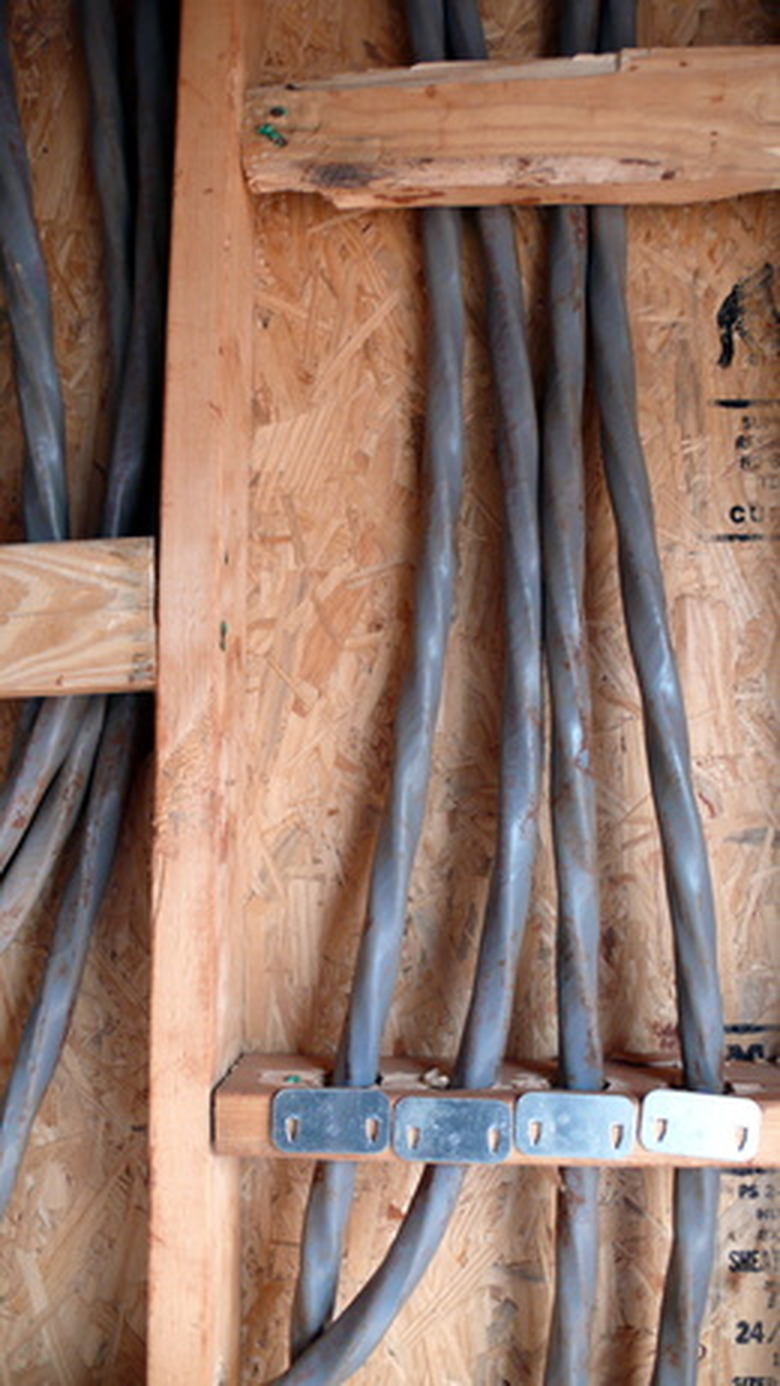Electrical Wire Types & Uses
Electrical wires are conductors that transmit electricity from a source, usually a nearby transformer, to an outlet in your home or business. They also conduct electricity in appliances and electronic devices. Electrical wires come in various materials, casings and sizes to handle the different electrical loads and various conditions in which they will be used. Although they can be made from aluminum and other materials, almost all electrical wires are made of copper.
Single-Conductor Wires
Single-Conductor Wires
Single-conductor wires are the most common type of electrical wires. There are two variations: stranded and solid. You will find stranded wires in many common electronics, such as cell phone chargers, because they are flexible. Solid wires are rigid and conduct electricity better. They are used when wire runs are long and even. Thermoplastic high water-resistant nylon-coated and thermoplastic high heat-resistant nylon-coated — THWN and THHN — are the most common types of single-conductor wires.
Multiconductor Cables
Multiconductor Cables
Multiconductor cables are used behind the walls of your home and to connect heavy appliances, such as washing machines and dishwashers. Commonly called type NM, or nonmetallic, these electric cables consist of a live, or hot, wire; ground wire; and neutral wire, which are encased in a plastic sheath. NM cables for heavy appliances, which are always covered in black sheathing, are designed for use with 120/140 circuits.
Metal-Clad Cable
Metal-Clad Cable
Metal-clad, or MC, wire cable is housed in a spiral metal casing, usually aluminum, that contains a live, ground and neutral wire. MC cable is primarily used in industrial applications because of its ability to bear heavy loads, and its metal casing provides protection against wire failure and reducing fire risks. MC cable is more expensive because of its materials and the applications for which it is used.
